Ketamine HCl Injection USP, commonly available as a 50 mg/10 ml liquid solution under brand names like Ketalar, is a versatile and widely utilized anesthetic agent in the medical field. Known for its unique properties and applications, Ketamine has carved a niche for itself in various medical settings, particularly in anesthesia and pain management.
Uses of Ketamine HCl Injection USP
Primary Use: Anesthesia
Ketamine HCl Injection is primarily employed to initiate and maintain anesthesia. It is highly valued for its ability to induce a dissociative anesthesia state, where patients experience analgesia, sedation, and amnesia. This unique state allows patients to undergo surgical and diagnostic procedures without distress or discomfort while maintaining some degree of consciousness and reflexes. The rapid onset and short duration of action make it particularly useful for short procedures and emergency situations.
Pain Management
Beyond its role in anesthesia, Ketamine is increasingly used for pain management, especially in cases of chronic pain and complex regional pain syndrome (CRPS). Its potent analgesic properties can provide significant relief for patients who have not responded to conventional pain therapies. Ketamine can be administered in lower doses to achieve analgesia without inducing full anesthesia, offering a valuable option for pain control.
Intensive Care Unit (ICU) Sedation
In the ICU setting, Ketamine is utilized for sedation of critically ill patients. It provides effective sedation while preserving respiratory and cardiovascular stability, a crucial consideration for patients with compromised health. This makes Ketamine an ideal choice for procedures requiring deep sedation without the risk of respiratory depression.
Mechanism of Action
Ketamine acts primarily as an N-methyl-D-aspartate (NMDA) receptor antagonist, blocking excitatory neurotransmission in the brain. This action is responsible for its anesthetic, analgesic, and psychotomimetic effects. Additionally, Ketamine interacts with opioid receptors and other neurotransmitter systems, contributing to its multifaceted effects on the central nervous system.
Pharmacokinetics
When administered via injection, Ketamine’s effects typically begin within minutes. Intravenous (IV) administration leads to an onset of action within 30 seconds to 1 minute, while intramuscular (IM) administration takes about 3 to 5 minutes. The duration of the primary effects ranges from 10 to 25 minutes, depending on the dose and route of administration. Metabolism occurs mainly in the liver, and the metabolites are excreted in the urine.
Dosage and Administration
Ketamine HCl Injection can be administered intramuscularly or intravenously. The dosage and administration route depend on the intended use, patient condition, and medical protocol.
- Anesthesia Induction and Maintenance: For induction, the recommended IV dose is typically 1 to 2 mg/kg. For IM administration, the dose ranges from 4 to 10 mg/kg. Maintenance doses may be administered as needed to prolong anesthesia.
- Pain Management: Lower doses, often in the range of 0.2 to 0.5 mg/kg IV, are used for analgesia. Continuous infusion may be employed for sustained pain control.
- ICU Sedation: Doses are individualized based on patient response and sedation requirements.
Safety and Precautions
Contraindications
Ketamine should not be used in patients with known hypersensitivity to the drug or any of its components. It is also contraindicated in individuals with conditions such as:
- Severe hypertension or uncontrolled high blood pressure
- Aneurysms or other vascular abnormalities
- Increased intracranial pressure or head injury
- Severe psychiatric disorders or history of psychosis
- Hyperthyroidism
Allergic Reactions
Patients with a history of allergic reactions to medications should inform their healthcare provider. Signs of an allergic reaction include rash, itching, swelling of the face, lips, tongue, or throat, and difficulty breathing.
Cardiovascular and Respiratory Monitoring
During Ketamine administration, continuous monitoring of cardiovascular and respiratory function is essential. Although Ketamine generally preserves airway reflexes, there is still a risk of respiratory depression, especially with high doses or rapid administration.
Side Effects
Serious Side Effects
While Ketamine is generally well-tolerated, some serious side effects may occur. Immediate medical attention is necessary if any of the following symptoms are experienced:
- Severe allergic reactions: Rash, itching, swelling, difficulty breathing
- Cardiovascular issues: High or low blood pressure, slow or irregular heartbeat
- Neurological effects: Hallucinations, confusion, seizures, muscle rigidity, vision changes, or inability to control eye movements
Common Side Effects
Less severe side effects may include:
- Nausea and vomiting
- Drowsiness or sedation
- Loss of appetite
Patients should be informed about these potential side effects and advised to report any adverse reactions to their healthcare provider.
Interactions with Other Medications
Ketamine may interact with various medications, altering its effects or increasing the risk of adverse reactions. It is crucial to inform the healthcare provider about all current medications, including over-the-counter drugs and supplements. Notable interactions include:
- CNS depressants: Concurrent use with other sedatives or opioids may enhance sedative effects.
- Antihypertensives: Ketamine may counteract the effects of medications used to manage high blood pressure.
- Anesthetics: Combined use with other anesthetic agents requires careful monitoring to avoid excessive sedation or respiratory depression.
Special Considerations
Use in Specific Populations
- Pediatric Use: Ketamine is commonly used in pediatric anesthesia, with dosage adjustments based on weight and clinical condition.
- Pregnancy and Lactation: The use of Ketamine during pregnancy and lactation should be carefully considered, weighing the potential benefits against possible risks to the fetus or infant.
- Geriatric Use: Elderly patients may have increased sensitivity to Ketamine and require lower doses and close monitoring.
Abuse Potential
Due to its psychotropic effects, Ketamine has potential for abuse and recreational use. It is classified as a Schedule III controlled substance in the United States. Healthcare providers should be vigilant about the risk of misuse and educate patients about the dangers of non-medical use.
Storage and Handling
Ketamine HCl Injection should be stored at controlled room temperature, protected from light. It should be kept out of reach of children and unauthorized individuals. Proper disposal of unused medication is essential to prevent misuse.
Conclusion
Ketamine HCl Injection USP (50 mg/10 ml) is a valuable anesthetic and analgesic agent with a broad range of applications in medical practice. Its unique properties, rapid onset, and relative safety profile make it an indispensable tool in anesthesia, pain management, and critical care. However, its use requires careful consideration of patient-specific factors, vigilant monitoring, and adherence to safety guidelines to ensure optimal outcomes and minimize risks.

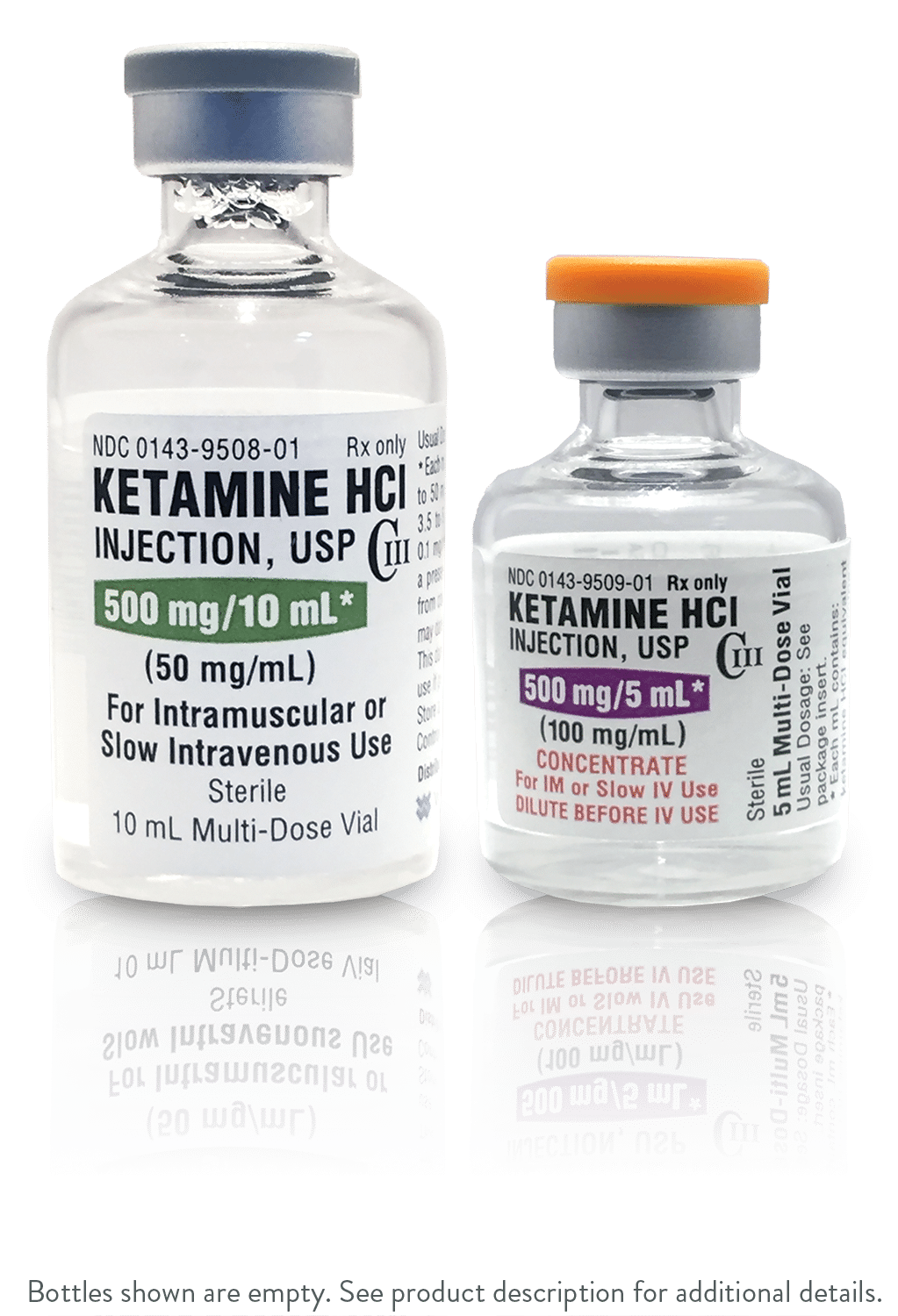
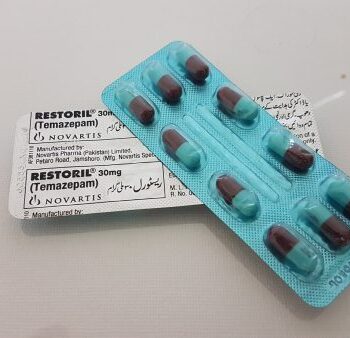
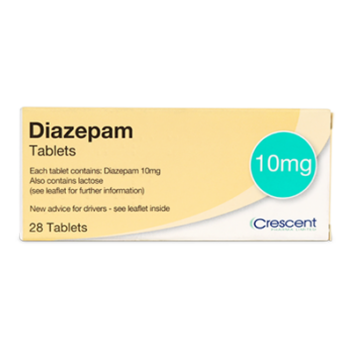

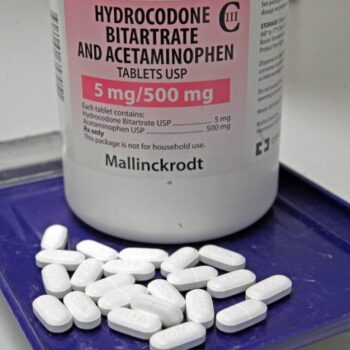
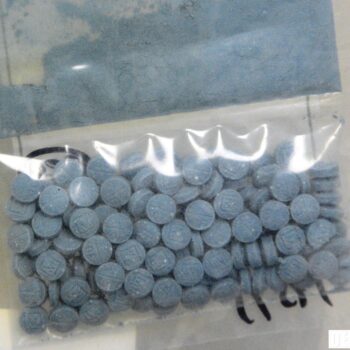
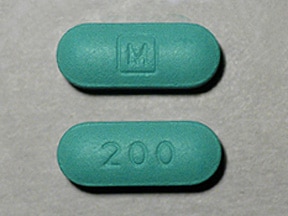
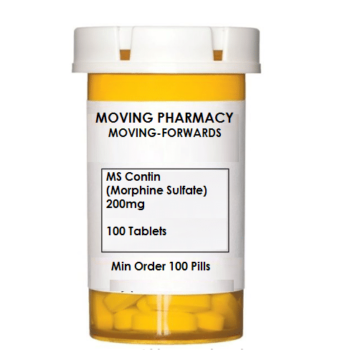
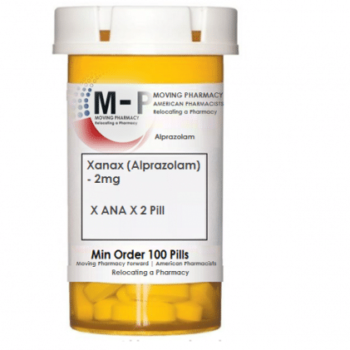
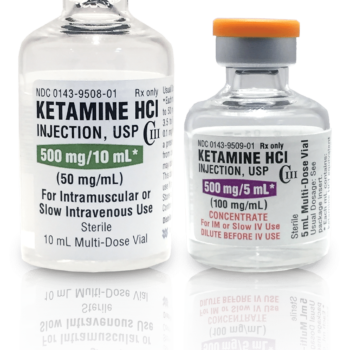


Reviews
There are no reviews yet.